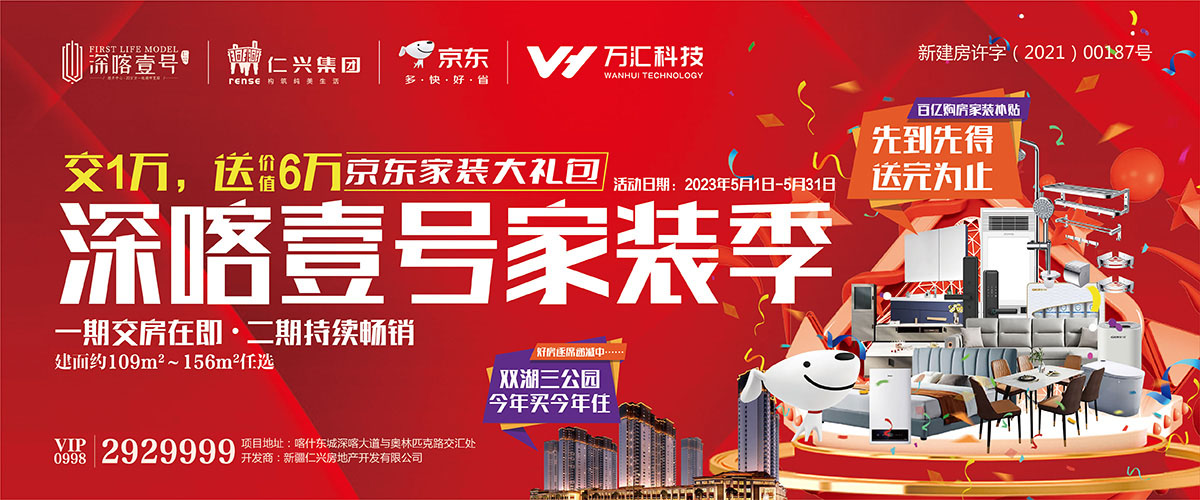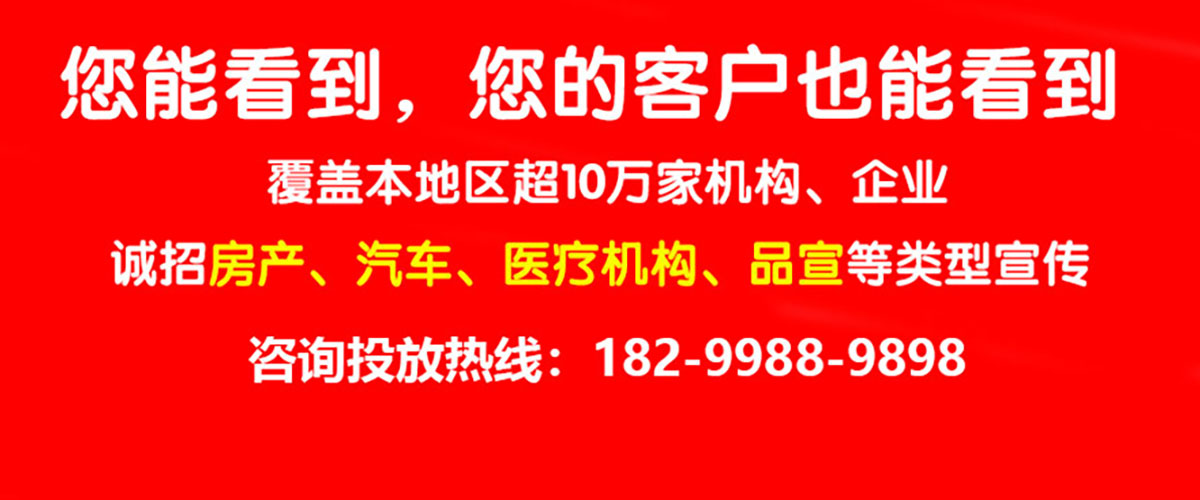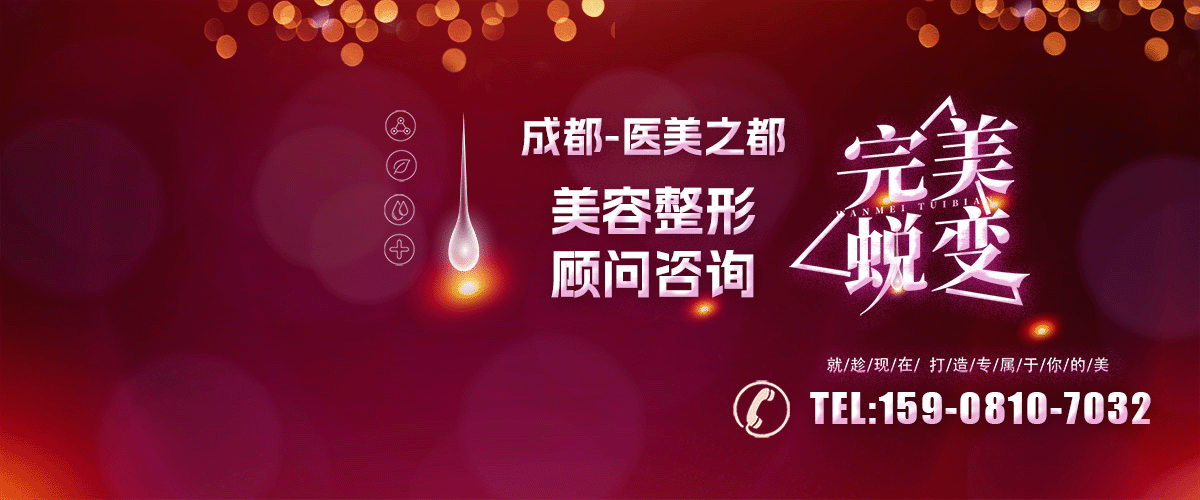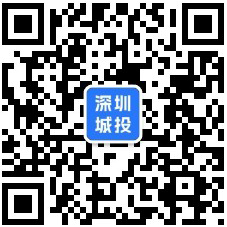What is the TOEIC test?
"TOEIC" stands for the Test of English for International Communication. The TOEIC test is an English language proficiency test for people whose native language is not English. TOEIC test scores indicate how well people can communicate in English with others in the global workplace. The test does not require specialized knowledge or vocabulary; it measures only the kind of English used in everyday activities.
The TOEIC test is the world’s leading test of English language proficiency in a workplace context. More than 4,000 corporations worldwide use the TOEIC test and more than 2 million people took the test in recent years.
Who developed the TOEIC test?
Educational Testing Service (ETS?), an organization devoted to educational measurement and research in psychometrics and educational policy, designed and created the TOEIC test in 1979 at the request of a group of business leaders in Japan. Over the years, the TOEIC test was adopted in many other countries and quickly became the global standard for assessing English in work-related contexts.
Who makes the TOEIC test?
The Chauncey Group International Ltd., a subsidiary of ETS, develops and publishes the TOEIC test. The Chauncey Group International is a testing company that specializes in professional licensing exams and in the certification of workplace skills and achievement. The Chauncey Group International headquarters are located in Princeton, New Jersey , USA; the European office (Chauncey Group Europe SA )is in Paris, France.
How accurate are TOEIC test results?
The TOEIC test provides an extremely reliable indication of English proficiency.
Extensive research has demonstrated that TOEIC test scores are strongly related to scores on many other measures of English language proficiency. This indicates that the TOEIC test is a valid measure of English language proficiency. For more information on the reliability and validity of the TOEIC test, please see the TOEIC Technical Manual.
Reliability is an indication of the degree of dependability, consistency, or stability of scores on a test.
Validity refers to the extent to which a test measures what it is supposed to measure.
Although the TOEIC test is highly reliable, no test measures performance with perfect accuracy and consistency. An individual who takes several, versions, or forms, of the test within a short period of time obtains a number of scores that center around an average value known as the "true" score. Two-thirds of the time, the obtained score on either the Listening Comprehension or Reading Comprehension section of TOEIC test is within 25 points of the true score.
What is the content of the TOEIC test?
The TOEIC test was designed to meet the needs of the working world. The test questions are developed from samples of spoken and written language collected from various countries around the world where English is used in the workplace. Test questions include many different settings and situations, such as:
v General business contracts, negotiations, marketing, sales, business planning, conferences
v Manufacturing plant management, assembly lines, quality control
v Finance and budgeting banking, investments, taxes, accounting, billing
v Corporate development research, product development
v Offices board meetings, committees, letters, memoranda, telephone, fax and e-mail messages, office equipment and furniture, office procedures
v Personnel recruiting, hiring, retiring, salaries, promotions, job applications and advertisements
v Purchasing shopping, ordering supplies, shipping, invoices
v Technical areas electronics, technology, computers, laboratories and related equipment, technical specifications
v Housing/ corporate property construction, specifications, buying and renting, electric and gas services
v Travel trains, airplanes, taxis, buses, ships, ferries, tickets, schedules, station and airport announcements, car rentals, hotels, reservations, delays and cancellations
v Dining out business and informal lunches, banquets, receptions, restaurant reservations
v Entertainment cinema, theater, music, art, media
v Health medical insurance, visiting doctors, dentists, clinics, hospitals
While the language from these settings provides the context of the test questions, candidates are not required to know specialized business and technical vocabulary. The TOEIC test is suitable for use in all environments where English is used by native speakers of other languages.
托业英语为纸考,时间为两小时,共200题,全部为单选题,分为两大部分: 听力和阅读,两者分开计时考试。
第一部分:听力
共为100题,由录音带播放考题,共四大题。 考生会听到各种句型,如陈述句、问句等,以及短小对话和独白, 然后根据听到的内容回答问题。测试时间为45分钟。
第一大题:照片描述 20题 (四选一)
第二大题:应答问题 30题 (三选一)
第三大题:简短对话 三十题 (四选一)
第四大题:简短独白 二十题 (四选一)
第二大类:阅读
共有100题,题目以及选项都印在题本上。 考生将阅读各种题材的文章,然后回答相应的问题。考试时间为75分钟。
第五大题:选对 40题 (四选一)
第六大题:选错 二十题 (四选一)
第七大题:阅读测验 四十题 (四选一)
How is the TOEIC test scored?
Each candidate uses a pencil to mark answers on the answer sheet. The scores are determined by the number of questions answered correctly. The number of correct responses in each section, Listening Comprehension and Reading, is converted to a number on a scale of 5 to 495. Adding the two section scores together gives a total score on a scale ranging from 10 to 990. There is no penalty for wrong answers.
百师堂TOEIC·托业英语培训
 手机版
手机版









